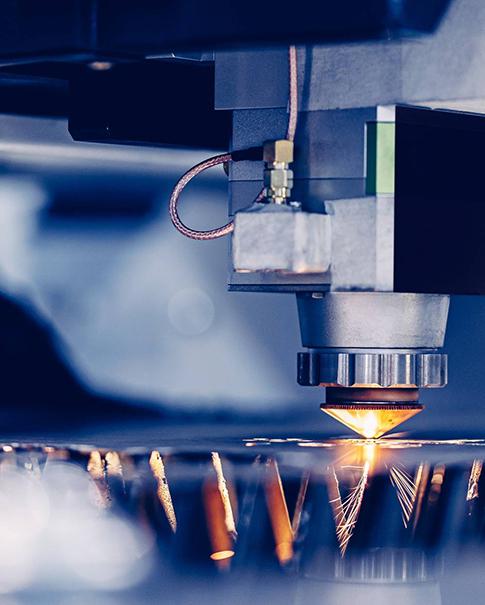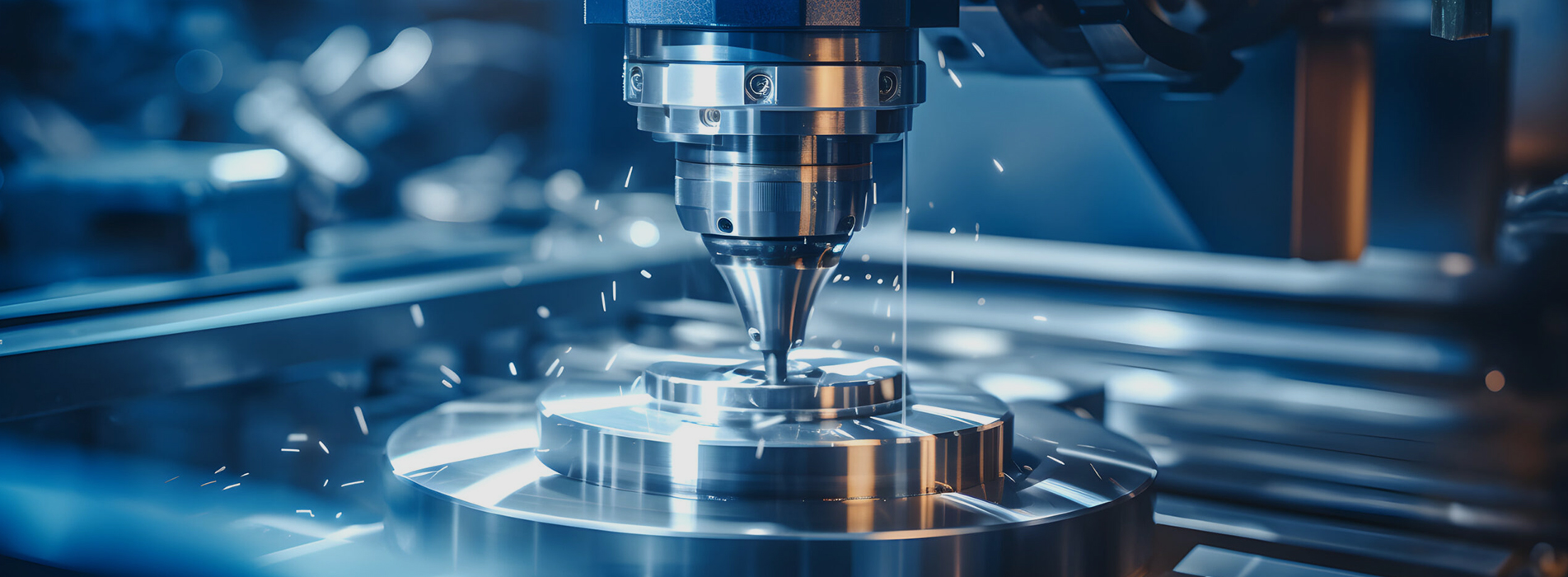CNC high-precision low-reflectivity optical components
Aug 27, 2025
The pinnacle of precision manufacturing: CNC high-precision and low-reflectivity surface treatment technology
In the modern precision manufacturing field, the two core indicators of parts - dimensional accuracy and surface performance - often directly determine the quality and reliability of the final product. CNC (Computer Numerical Control) processing technology has long been the cornerstone for achieving micron-level or even nanometer-level dimensional accuracy. However, when the application scope expands to high-precision fields such as optics, aerospace, and semiconductors, another key indicator emerges: low reflectivity of the surface.
Combining high-precision machining with low-reflectivity surface treatment represents one of the highest levels of CNC manufacturing technology today. This is not only a test of the performance of the machine tools, but also a comprehensive challenge to materials science, tool path planning, and post-processing techniques.
I. Why is low reflectivity necessary? Beyond the "aesthetic" functional requirements
Low-reflectivity surfaces are far more than just for eliminating unnecessary reflections (or "anti-glare") to achieve aesthetic effects; behind this lies a profound functional need:
Optical system performance: In optical devices such as cameras, telescopes, microscopes, and laser radars, the reflected light from internal components (such as barrels, supports, and aperture blades) can form stray light, significantly reducing image contrast, causing ghost images, and even increasing signal noise. Low reflectivity surfaces can effectively absorb stray light, improving imaging quality and system signal-to-noise ratio.
2. Military and aerospace stealth: The high reflectivity of equipment surfaces is a significant characteristic of radar waves and infrared detection. Through low reflectivity treatment, it can significantly reduce its radar cross-section (RCS) and infrared characteristics, enhancing stealth performance and survivability.
3. Semiconductor and sensing technology: In the interiors of lithography machines and wafer processing equipment, any unnecessary reflection may interfere with extremely precise optical paths or sensor readings, leading to manufacturing defects. The shells of sensors themselves also require low reflectivity to ensure measurement accuracy.
4. Medical and research equipment: Such as endoscopes, high-precision experimental instruments, etc., they all need to minimize internal light interference to ensure the purity of observation and data.
II. How to Achieve It? The Integration of High-Precision CNC and Low Reflectivity Technology
To achieve a part with both high precision dimensions and low reflectivity is a multi-stage systematic project:
High-precision CNC processing: Foundation
· Ultra-high precision machine: Utilizing linear grating rulers with nanometer-level resolution, thermal compensation systems, highly rigid bed and spindle, and high-end five-axis CNC machines, this ensures the utmost precision in geometric shape and dimensions.
· Precise cutting tools and strategies: Employing diamond tools or ultra-fine particle carbide tools, combined with optimized cutting parameters (rotation speed, feed rate, depth of cut) and tool paths (such as slow-tool servo turning), excellent surface quality (low roughness) is achieved at the initial stage of processing, laying a perfect foundation for subsequent low-reflection treatment.
2. Achieving low reflectivity surface treatment technology: The core of low reflectivity essentially involves altering the microscopic structure or chemical composition of the surface to enhance light absorption and reduce specular reflection. The main technical approaches include:
· Surface microstructure processing (texturing):
· Technical principle: Utilizing the extremely high positioning accuracy of CNC machines, dense micrometer or nanometer-sized grooves, depressions, or complex three-dimensional structures can be machined on the surface of the parts. These structures can be regarded as "light traps", as light entering them undergoes multiple reflections and absorptions, making it difficult to escape again, thereby achieving the "blackening" effect.
· Implementation method: The surface microstructure can be directly shaped through five-axis milling, femtosecond laser ablation, chemical etching, etc.
· Special coatings/adsorptions:
· Technical principle: On the machined base material, a layer of material with high light absorption properties, such as black chromium, black nickel, carbon nanotube (CNT) coating, or specific ceramic coating, can be covered through physical vapor deposition (PVD), chemical vapor deposition (CVD), or spraying processes.
· Advantages: Strong selectivity, capable of designing coatings for different wavelengths (such as visible light, infrared, radar waves), with extremely high absorption efficiency. However, the coating thickness must be strictly controlled to avoid affecting the high precision dimensions of the parts.
· Chemical conversion treatment:
· Technical principle: Through chemical methods (such as anodic oxidation, black oxidation), a porous and rough chemical conversion film can be generated on the metal surface (especially aluminum, steel). This film itself has light absorption properties. Common examples include black anodic oxidation of aluminum alloys.
· Note: The treatment process needs to be precisely controlled to avoid affecting the precise dimensions.
3. Collaboration and Challenges: The greatest challenge lies in the fact that subsequent low-reflection treatments (such as coating, oxidation) will introduce extremely thin additional layers, which may alter the final size of the part. Therefore, "compensatory design" must be carried out at the initial high-precision CNC processing stage, taking into account factors such as coating thickness in advance, and conducting "negative allowance" processing to ensure that the final size of the processed part still perfectly meets the design requirements.















 SUBSCRIBE TO OUR NEWSLETTER
SUBSCRIBE TO OUR NEWSLETTER






